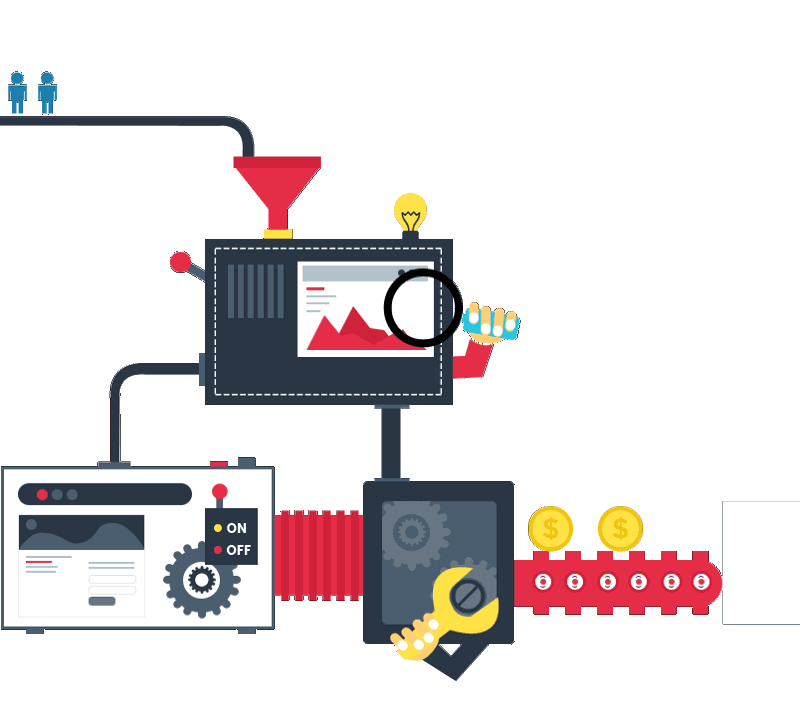The concept of agile development was first introduced in 1970 by Dr. Winston Royce in a paper called “Managing the Development of Large Software Systems.” In it, Royce argued that sequential development processes like an assembly line are not conducive to software development. He reasoned that technology trends change at a rapid pace and by the time you launch your product, you may be dealing with a drastically different market. It is also extremely difficult to anticipate every feature and software requirement you will need before any development has begun.
[announce]
As an alternative to sequential development, scrum development allows product owners, product managers, front-end, back-end, and design teams to work in tandem with one another to build a product. Development is organized into 1-2 week long “sprints” where the most important or most complex features are covered in the first sprint, and lower ranked features and requirements are dealt with in later sprints. Exactly how you break up tasks and organize your team is different for every development team. Letzgro uses scrum development when dealing with rapidly changing requirements, or a short time to launch. Here are three reasons why scrum development helps us build more innovative products:
Inspect, Pivot, and Adapt
By organizing development into sprints, you never get too far into a project before realizing you are missing a key element. After each sprint, the entire team does a debrief to understand what got done, what didn’t get done, and what can be done better, which provides a perfect launching point for the next sprint. By taking the time every couple of weeks to regroup, development teams are better able to address emerging market demands.
Organized chaos is conducive to creativity
Scrum development can be hectic, fast-paced, and unforgiving – the perfect environment for innovation. When front-end, back-end, and design teams are working simultaneously with product managers to deliver a product, there is valuable feedback and insights provided at every stage. This means you are less likely to miss a crucial feature that the product owner may not have considered at the outset. Teams can make recommendations on what they think users need/want, and every team member participates in achieving the “big picture.”
Sometimes you have to start building it to understand it
Scrum development increases cross-functional team collaboration and communication, which gives you a better understanding of the product as you build it. Many teams have experienced “analysis paralysis” and understand how it can delay development. Scrum development gives teams the leeway room to start developing without fully understanding everything the product will become. Because the most complex and important features are dealt with during the first sprints, big problems come to the surface early on in the process, giving you enough time to fix them.


